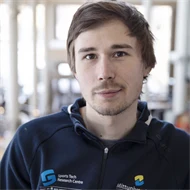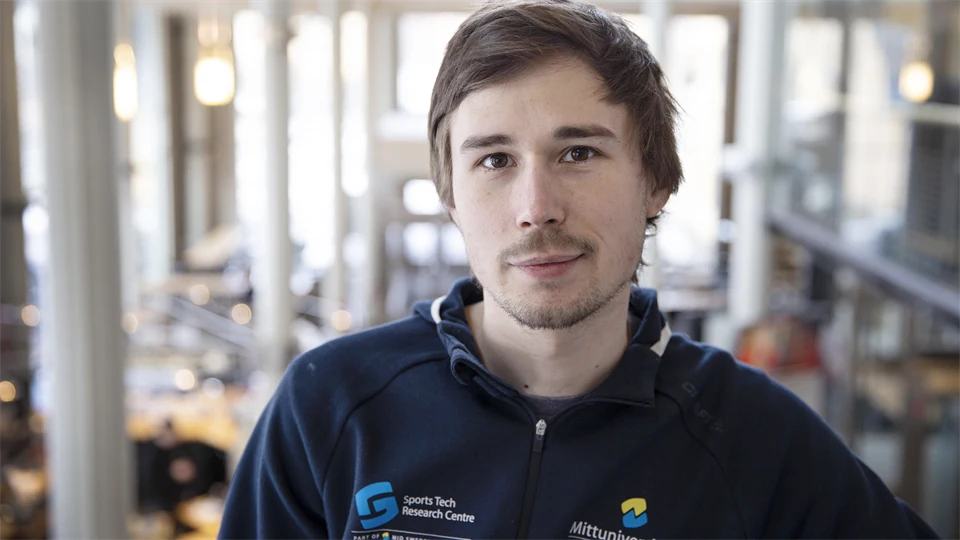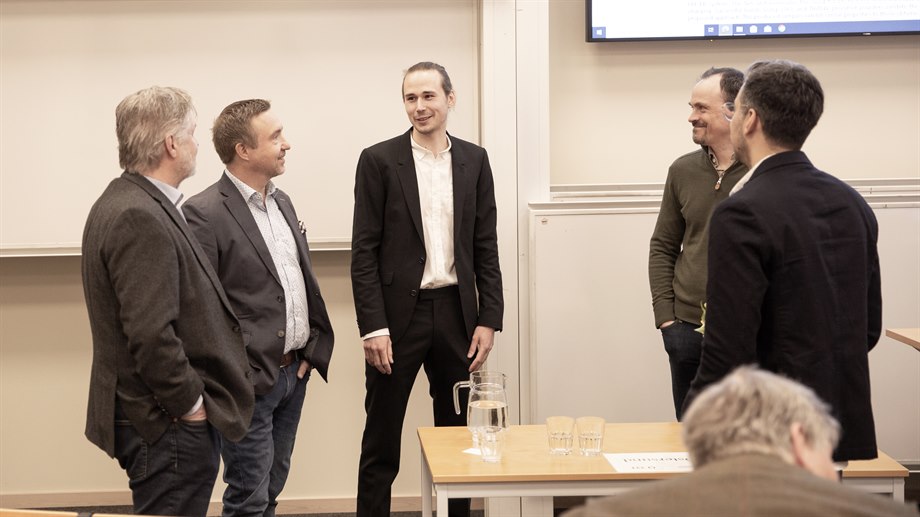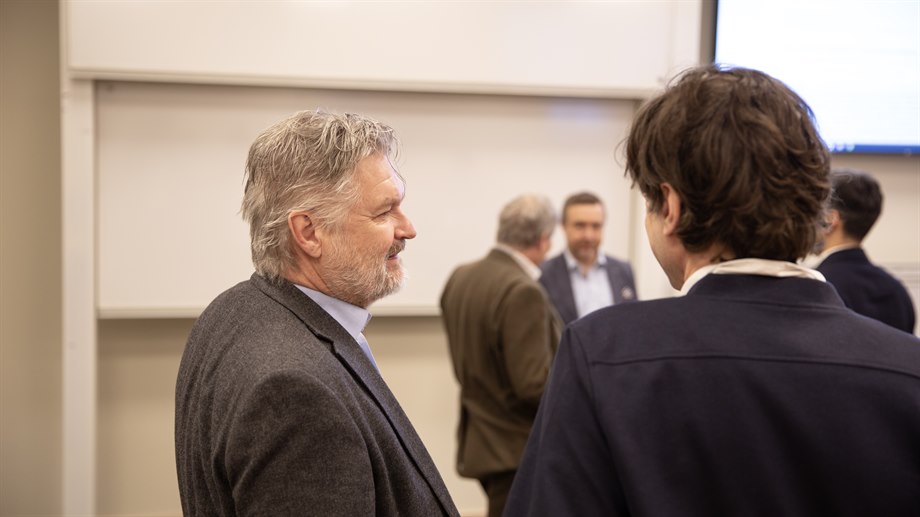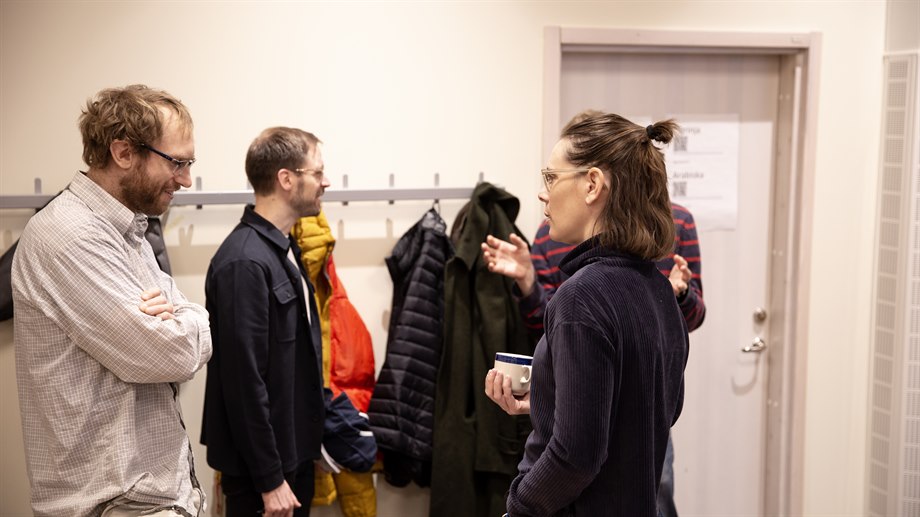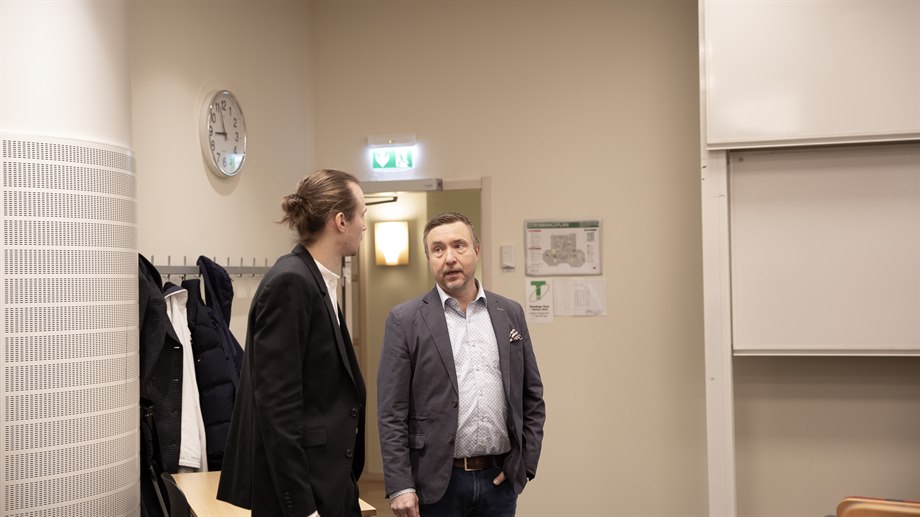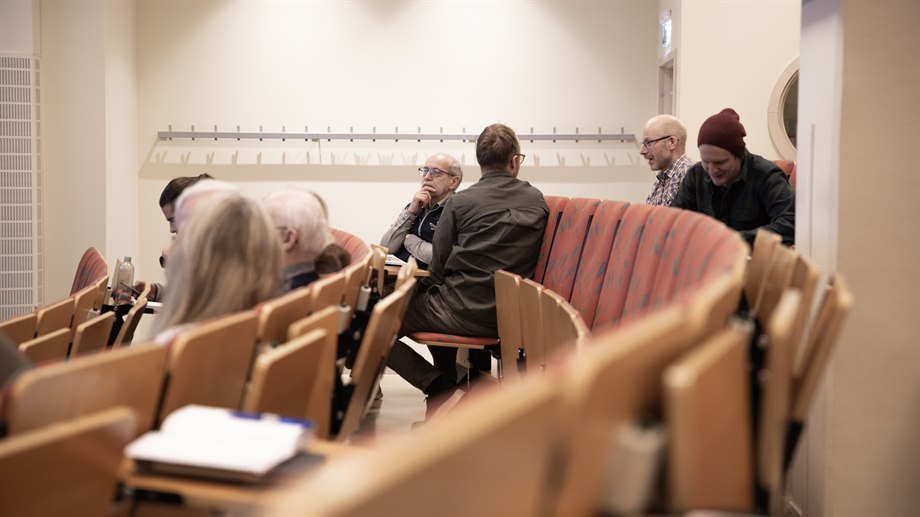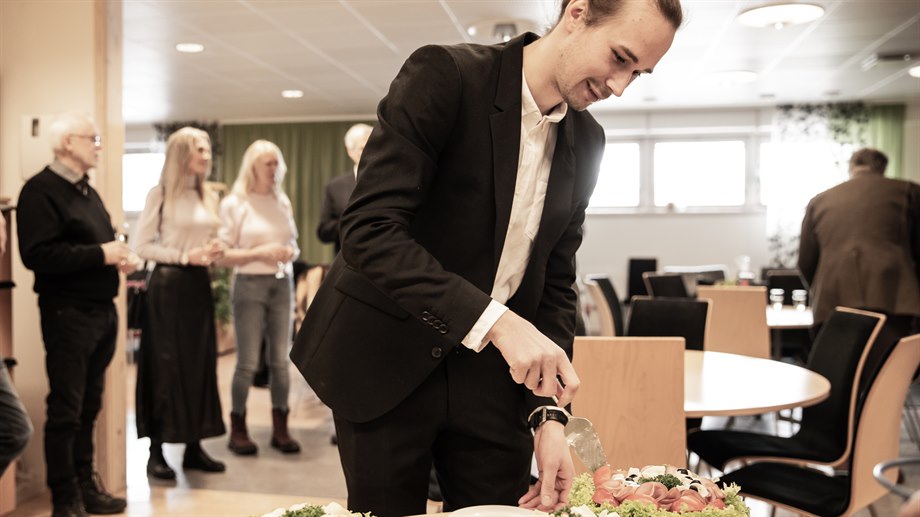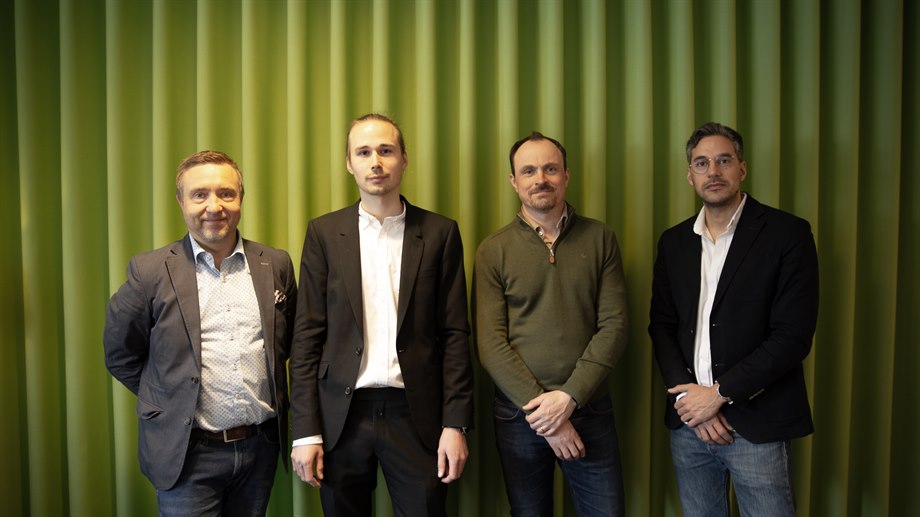av
New world record presented in licentiate thesis from Mid Sweden University
A recent licentiate thesis from Mid Sweden University highlights new methods to create unique material properties through additive manufacturing. The thesis introduces, among other things, the possibility of using ceramic powder at up to 1600 degrees, which are unusual temperatures in these contexts.
"We set a world record in process temperature for this technology, which meant that we succeeded in building completely ceramic materials, which we know that several people are working on, but we were the first to succeed! Ceramics often have significantly better mechanical properties compared to metals, so I see great potential to be able to replace many metals in the future to increase efficiency, lifespan and performance," says William Sjöström.
At the end of March, William Sjöström, doctoral student at the Sports Tech Research Centre, defended his licentiate thesis in mechanical engineering with a focus on sports technology and additive manufacturing. The compilation thesis Material Development for Electron Beam-based Powder Bed Fusion, which contains three scientific articles and a conference paper, highlights a number of new exciting results in the relatively new and constantly expanding field of additive manufacturing.
"The goal is to develop material properties that have not been possible to produce before, and two of the articles in the thesis are about a new type of heating method that enables this. The research presented in the articles has also resulted in patents for the participating companies," says William Sjöström.
The conference paper, which is part of the thesis, focuses on the possibility of being able to choose different alloying elements for each layer in the process in order to be able to control the properties of each part of the produced component, such as the hardness of the material.
"We are among the first to have shown that it is possible to selectively mix different types of materials in electron beam-based powder bed fusion without restarting the process," he continues.
Before he started his doctoral studies, William Sjöström worked for a few years as a research engineer at the Sports Tech Research Centre, which gave him the opportunity to get to know the machines that he has then used to work out the processes described in his dissertation work.
"It was quite practical to start as a research engineer because I had to learn the technology in advance," says William Sjöström.
According to the current plan, William Sjöström will defend his doctoral thesis by the end of 2026. The continued focus is on developing steel materials for additive manufacturing that can be adapted in the different layers. In this way, different parts of the finished component can be assigned varying properties.
The research is funded by the Rolf and Gunilla Enström Foundation for Research and Development. Link to the thesis in Diva.
Facts about additive manufacturing
Additive manufacturing is an expansive field that enables new manufacturing opportunities. The technique that the researchers use at Mid Sweden University, powder bed fusion, means that components are built up layer upon layer using metal powder, or as the thesis has shown is possible, even ceramic powder.
Contact
